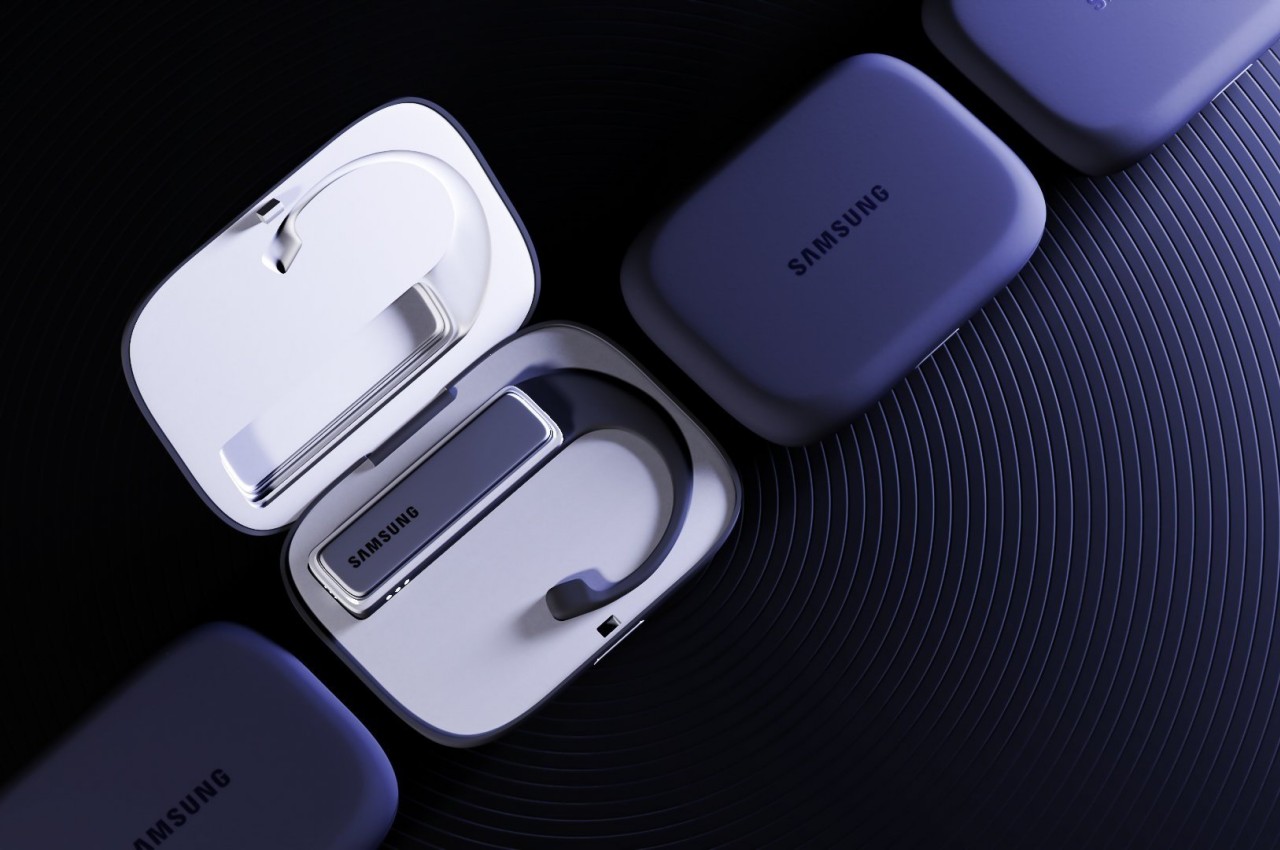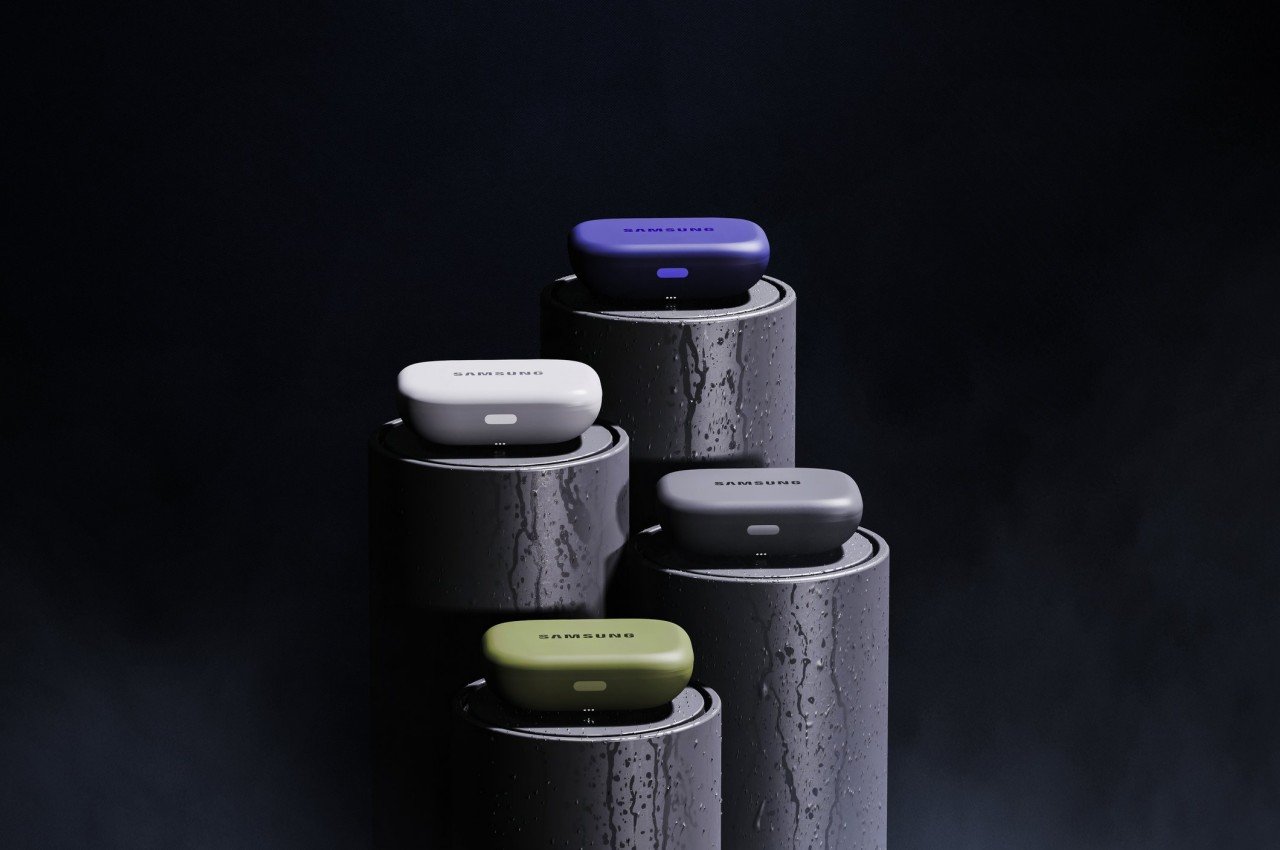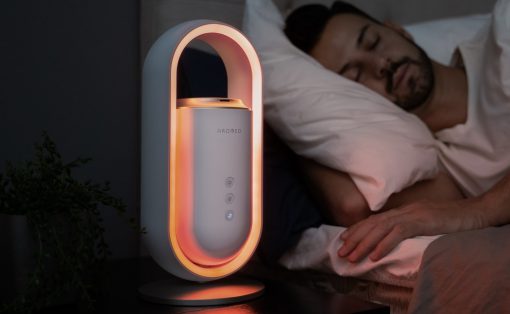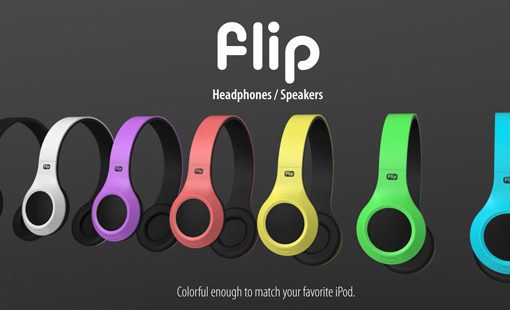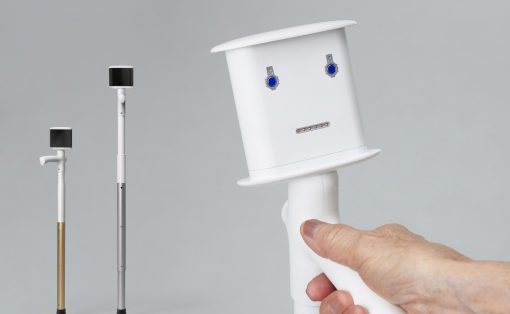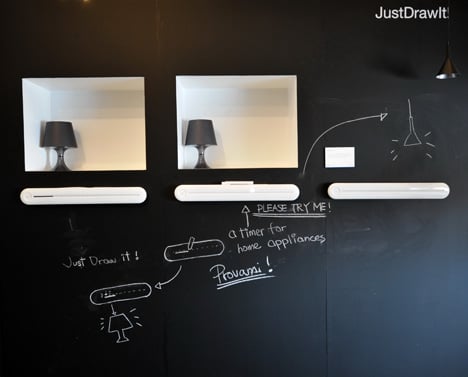Remember the early days of Bluetooth earpieces that looked like a piece of hard candy coming out of just one ear? Although we have long grown away from those designs toward more discreet TWS earbuds, it seems the design pendulum is swinging back to that position. Of course, the “stem” design of the likes of the AirPods isn’t that obnoxious, but it did tell designers that it was OK to go beyond conventions again. This design concept definitely breaks free from today’s common design trends and embraces some highlights of the past, all for the sake of delivering a new experience in controlling your smartphone without taking it out of your pocket or even touching any device at all.
Designer: Yash Saboo
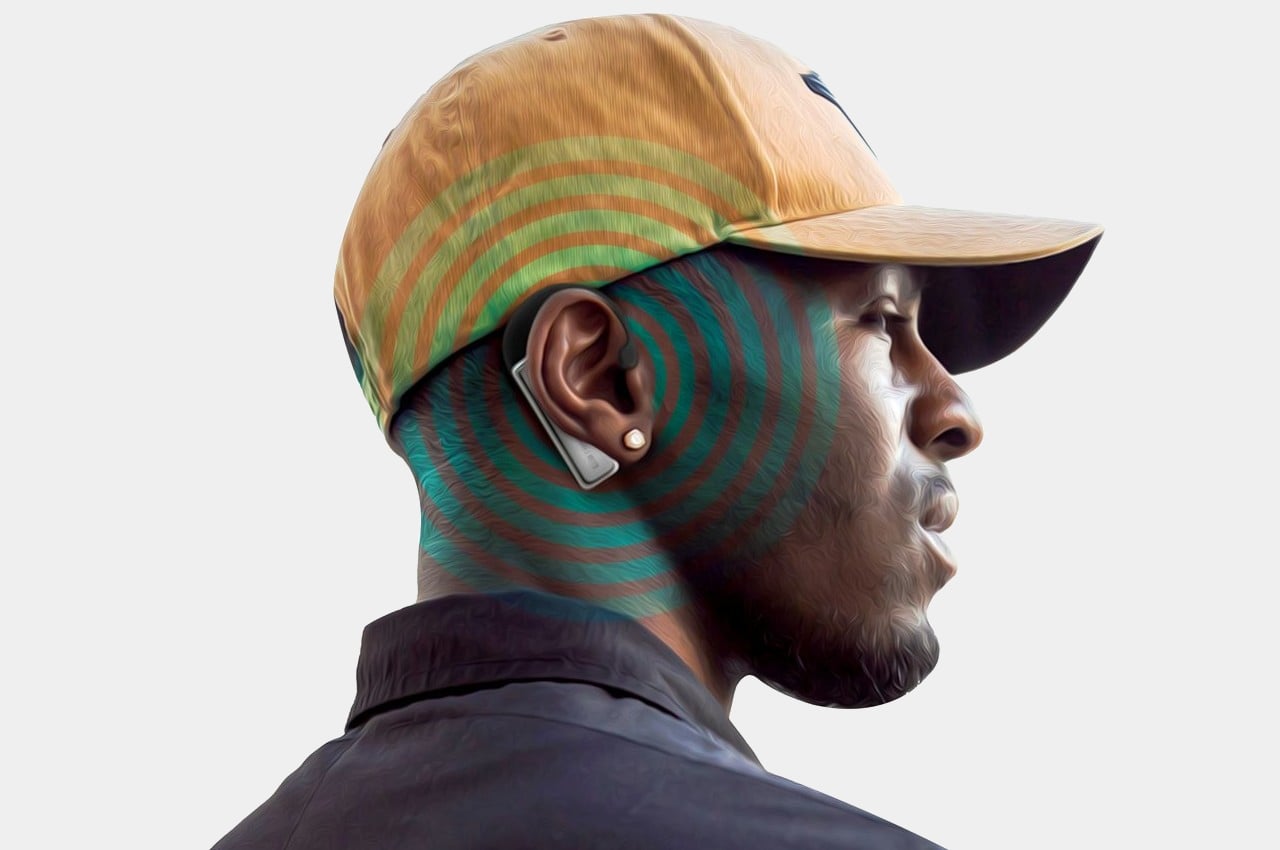
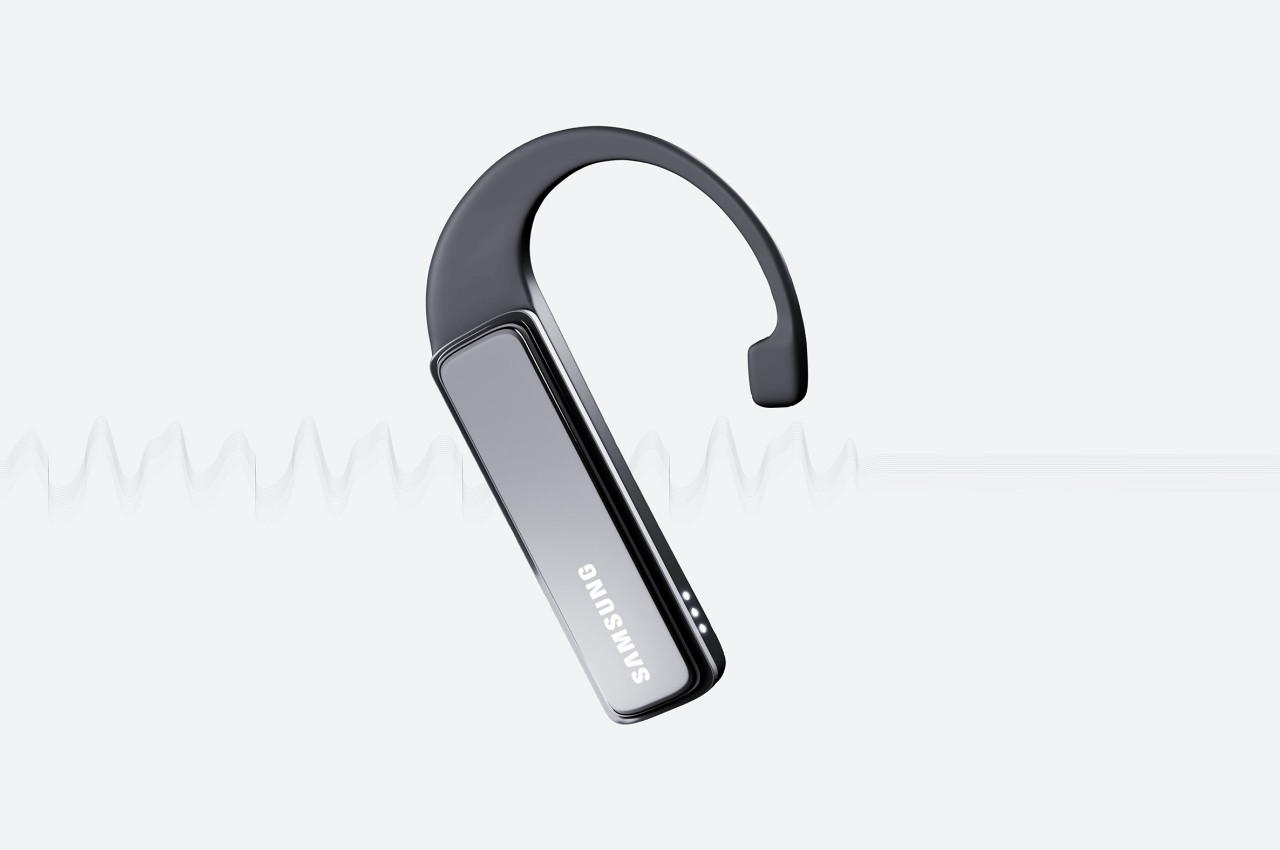
There are a few ways that allow you to use your smartphone without touching it, at least for some of the most basic functions. You can command Apple Siri or Google Assistant by voice, or you can tap and swipe on your smartwatch for some functionality that’s available on your wearable. Voice control isn’t always feasible in all situations, though, and not everyone has a smartwatch. A lot of people have Bluetooth earbuds, and those at least let you control music and calls. The range of controls available here, however, is severely limited because you can only map a few taps or even fewer swipes to certain actions.
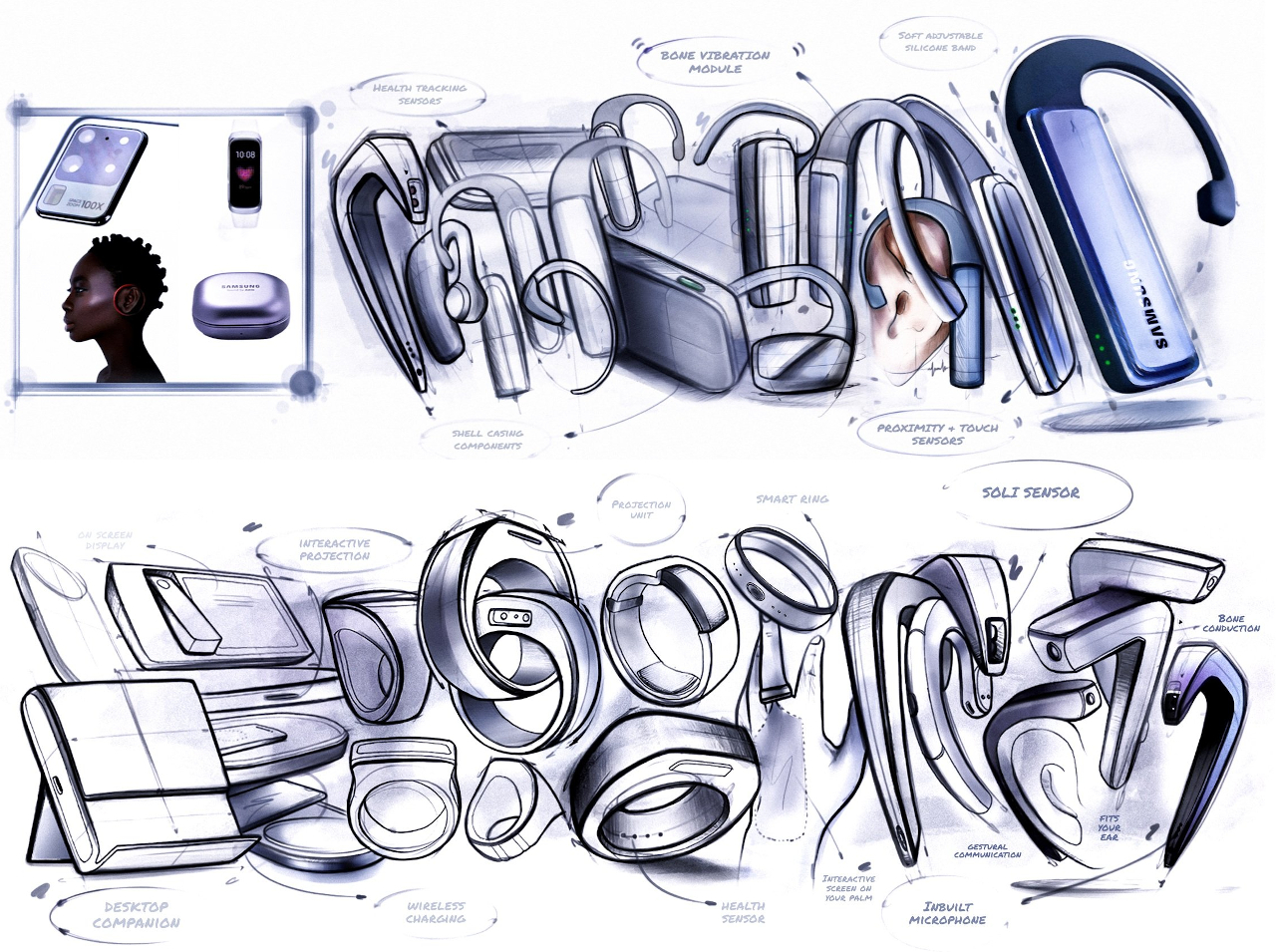
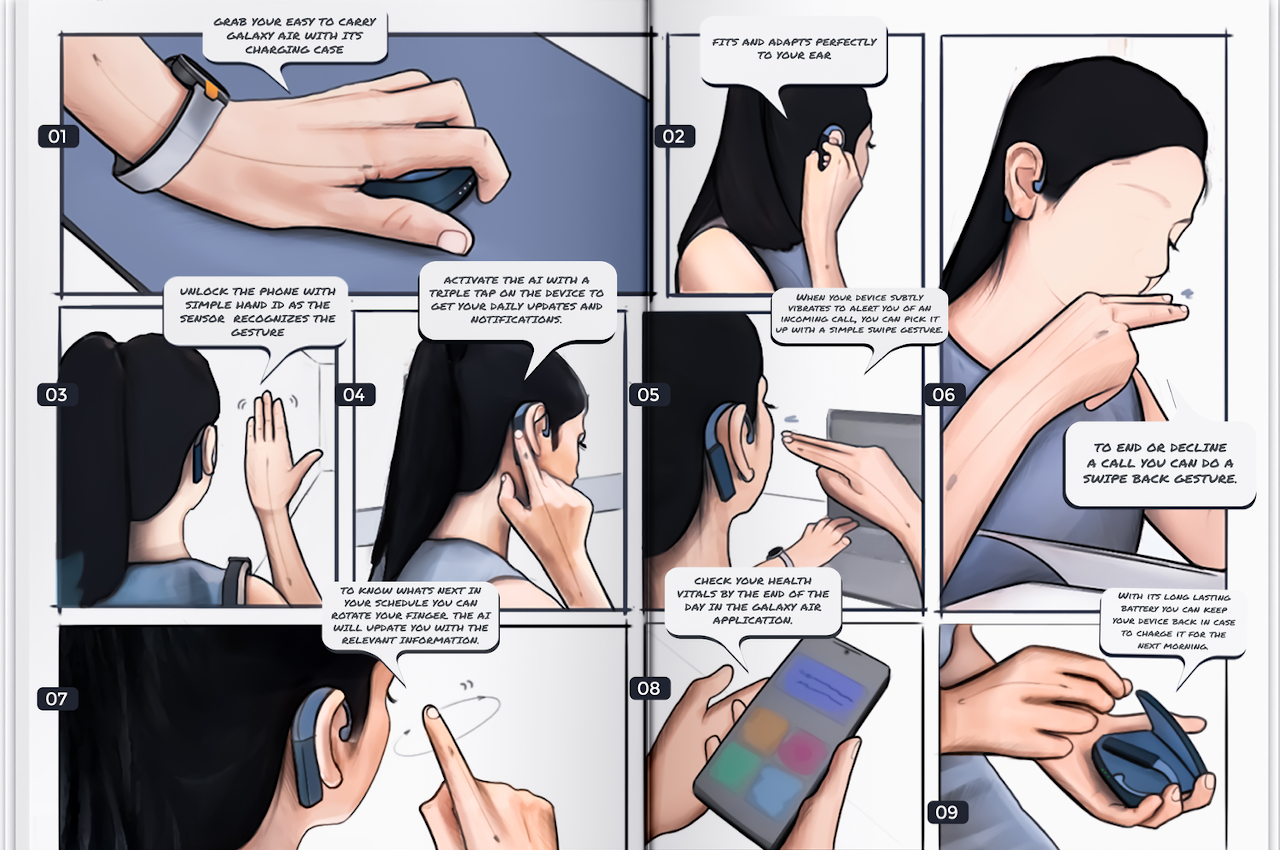
This Bluetooth earpiece concept blasts the door wide open by expanding the number of actions you can make. Instead of relying on limited taps and swipes, you’ll be able to use hand gestures made in front of your face or ear to control the smartphone in your pocket or on your table. A two-finger wave, for example, can accept or end calls, while twitching your index finger can make an emergency call. Of course, you can still use taps and swipes on the earpiece itself for media playback, freeing hand gestures for other actions like reading notifications or your schedule.
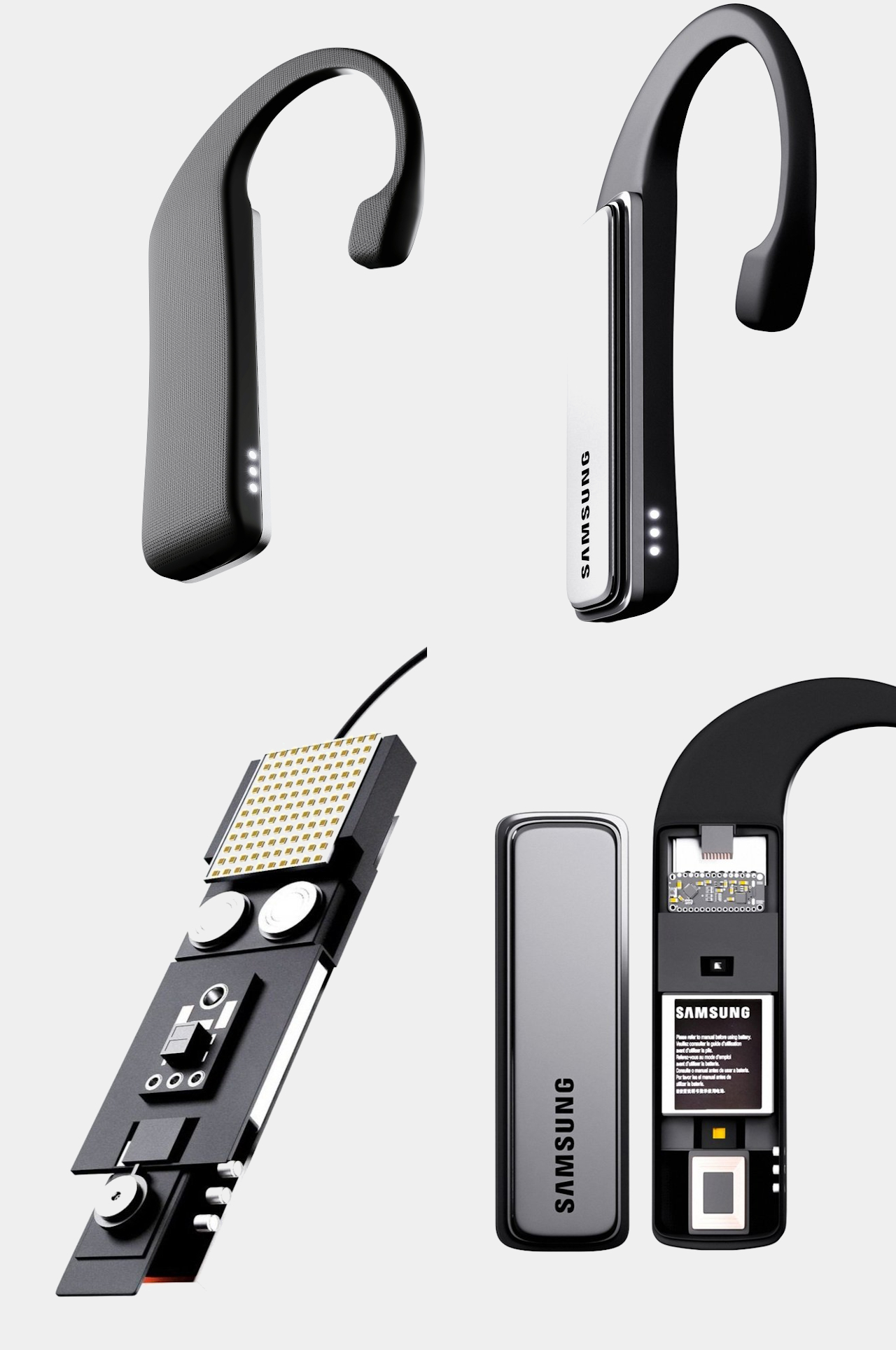
To make gesture recognition possible, you will definitely need more hardware than can fit in tiny earbuds. That’s why this design goes a bit back in time to reuse some designs from previous years. The over-the-ear design, for example, has mostly disappeared by now, but it’s utilized here to offer a secure fit for a bone conduction headset. Yes, this doesn’t go inside your ear but allows you to be completely aware of your surrounding even while wearing it. Unfortunately, that technology hasn’t exactly retained its popularity, but it’s still a better option in this context.
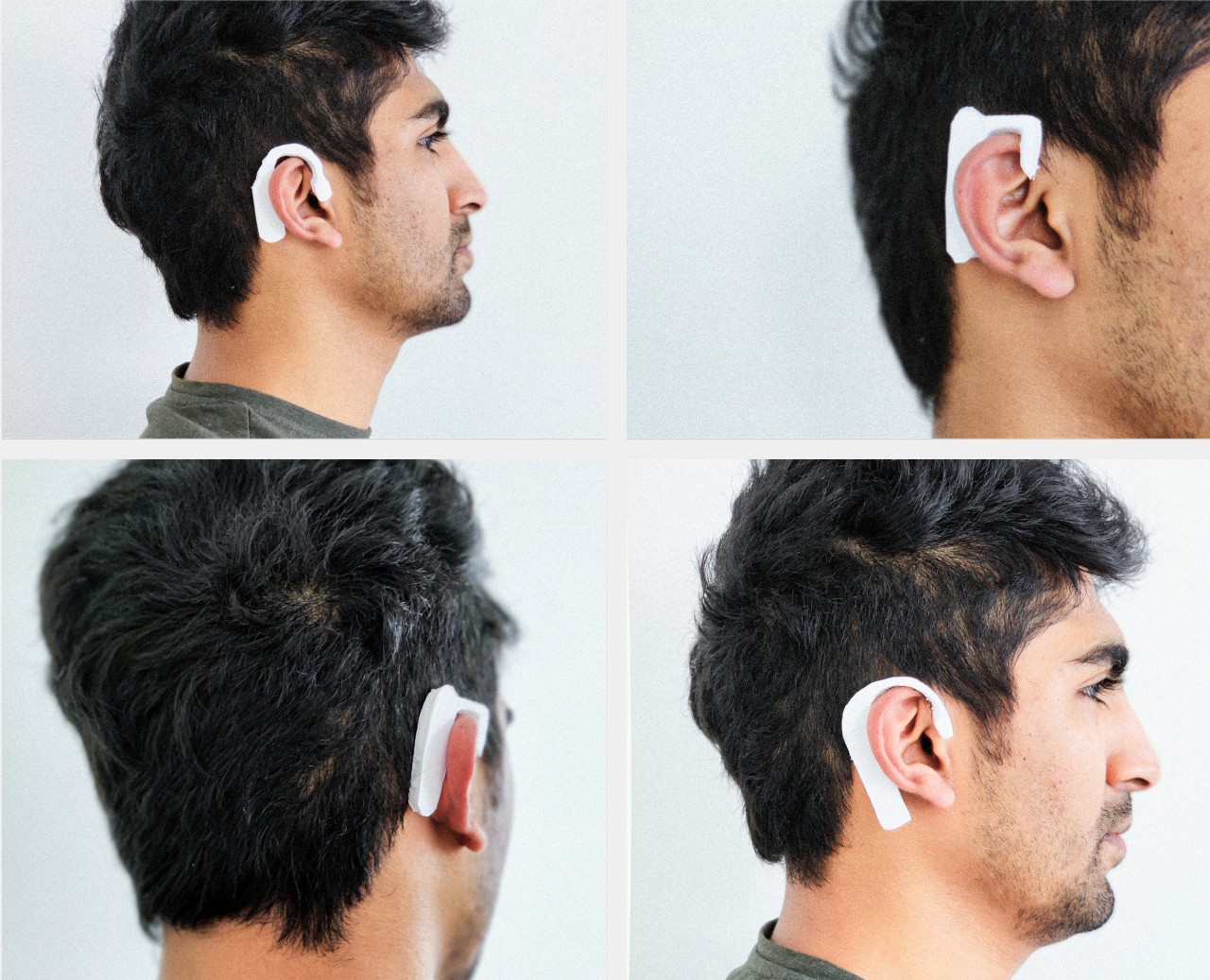
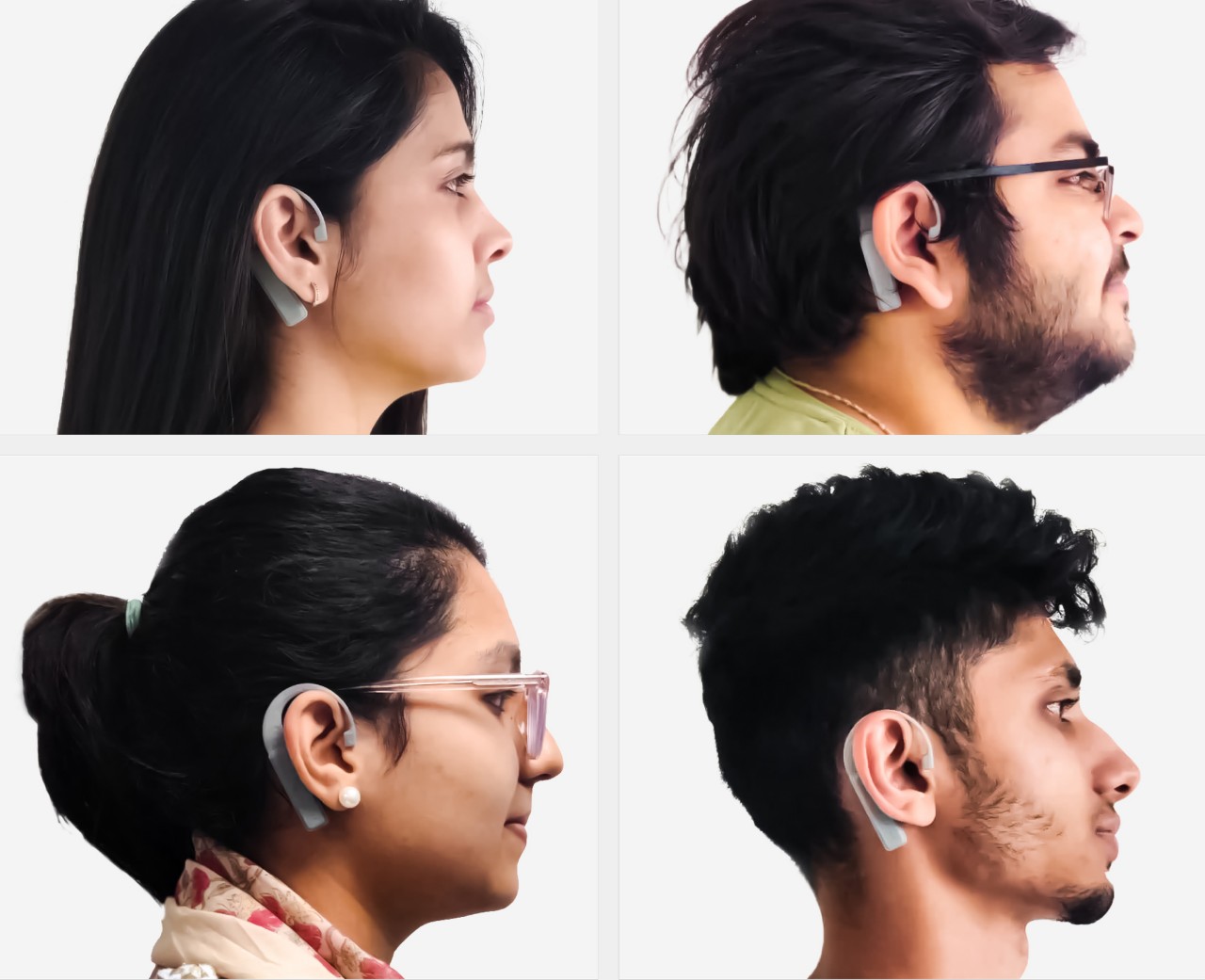
The most important part of the earpiece, however, is all the electronics that are crammed in a case that will hang behind your ear. It’s similar, in a way, to how some hearing aids try to hide those same parts, but this time there’s really no attempt to mask its presence. After all, it needs to be able to see what’s in front of your ear so that it can detect hand gestures.
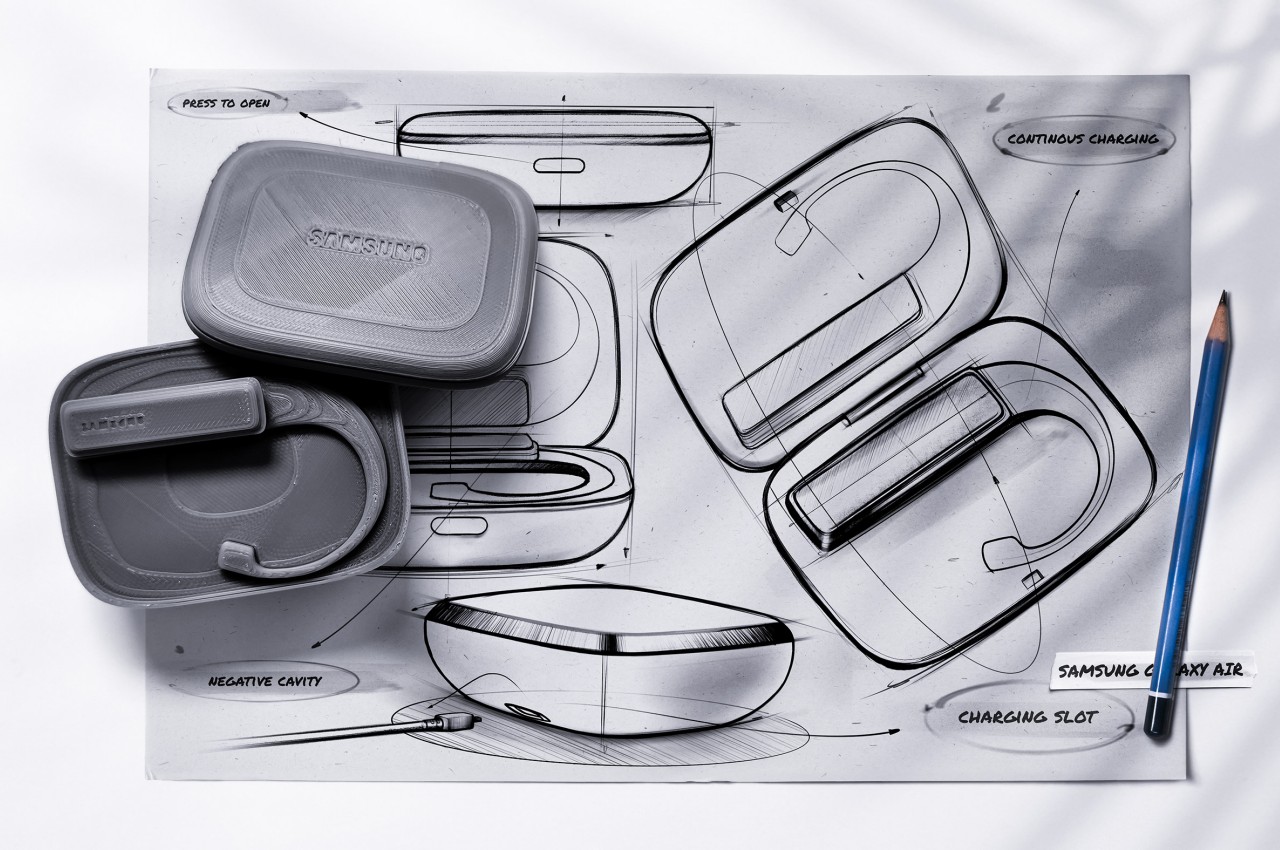
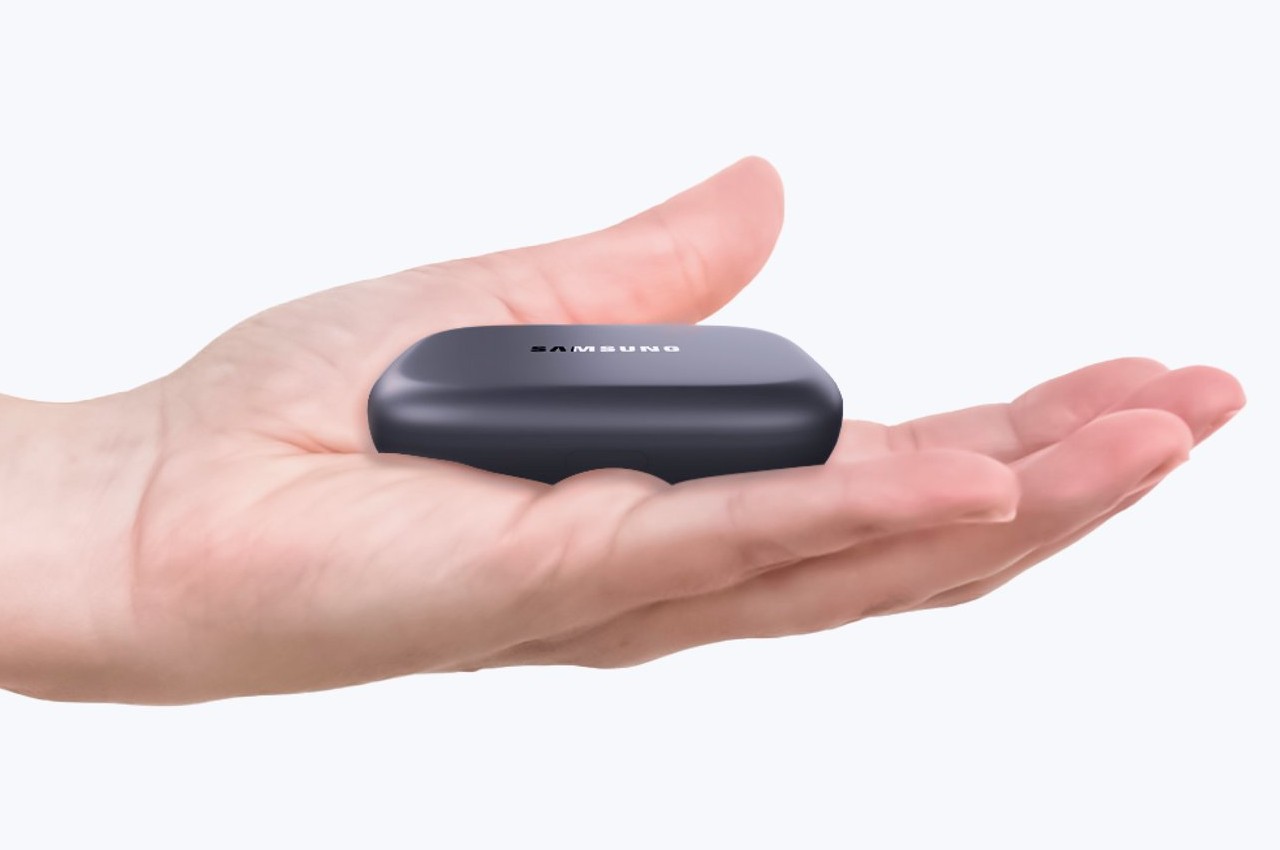
It’s admittedly an unorthodox design that may or may not be uncomfortable to wear over long periods of time. The fact that it also works only on one ear makes it less useful for enjoying music or watching videos with stereo sound. It’s still an interesting take on how we can expand the ways to control our phones with hand gestures without having to wear smart glasses that open an entirely different can of worms.
